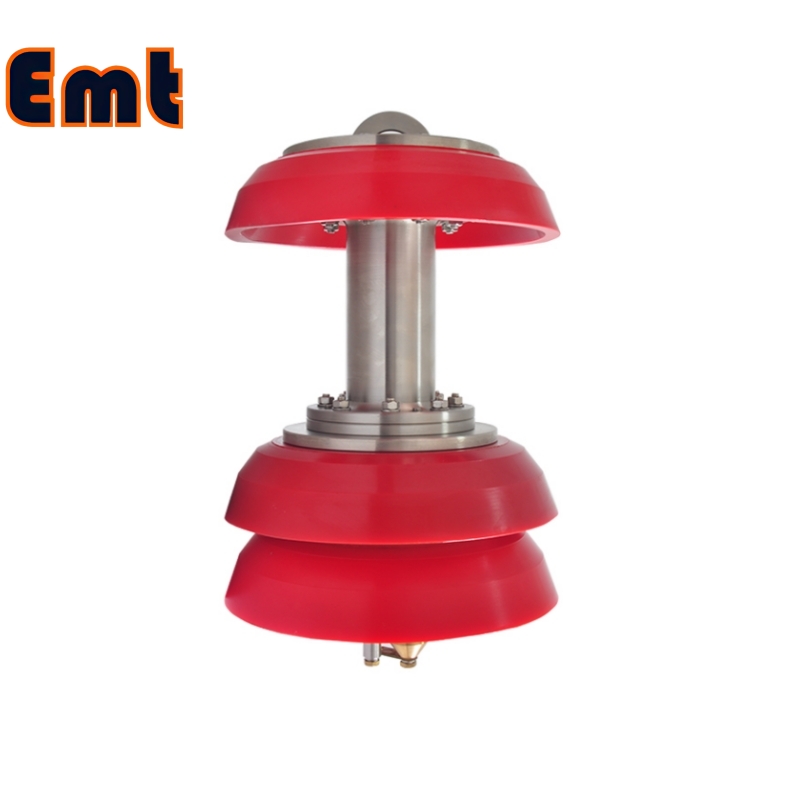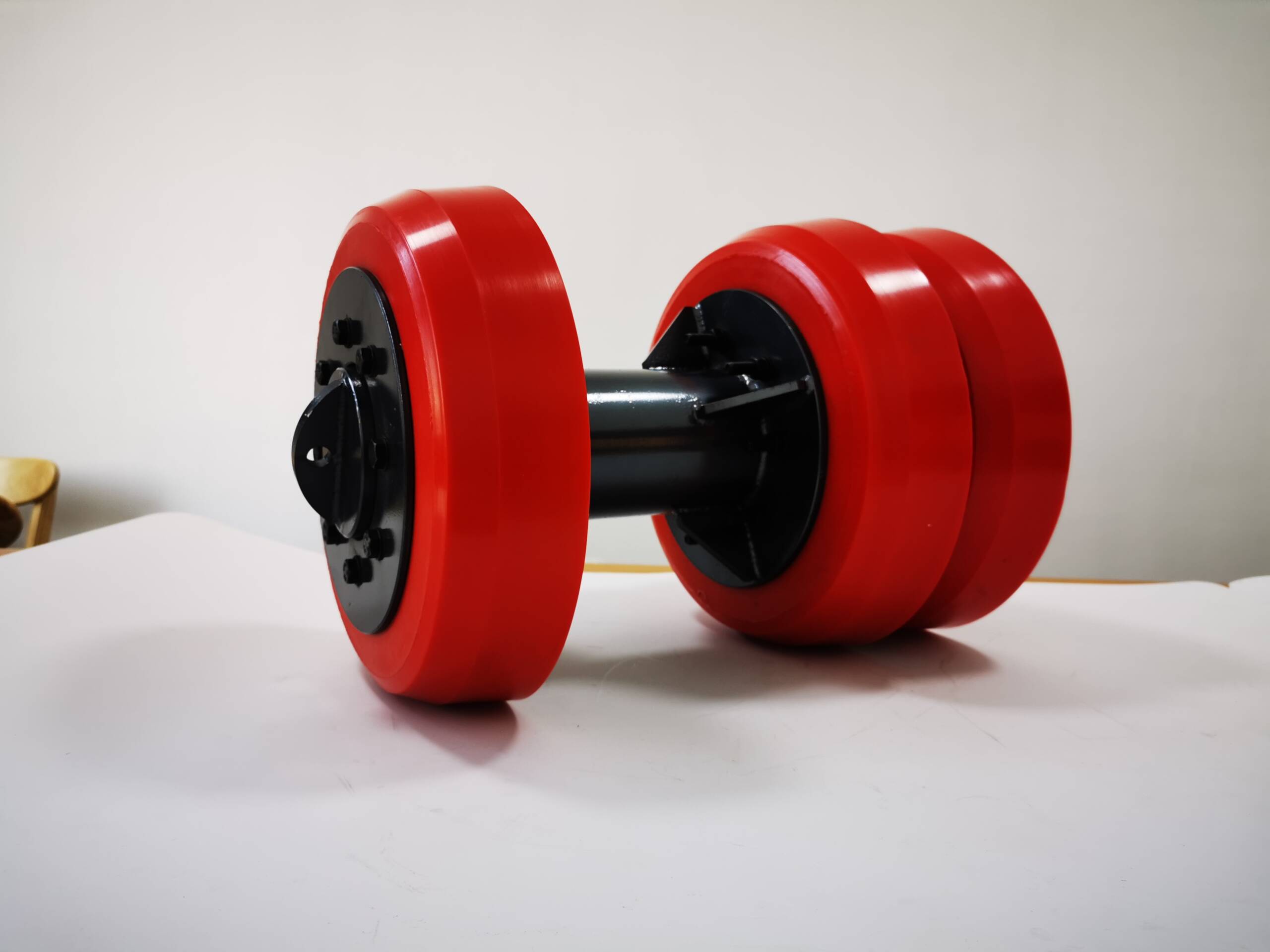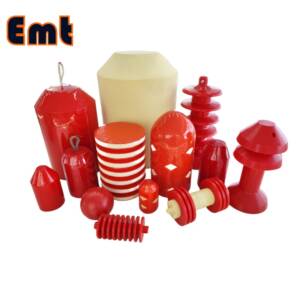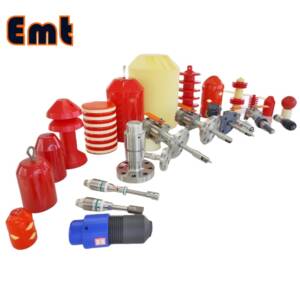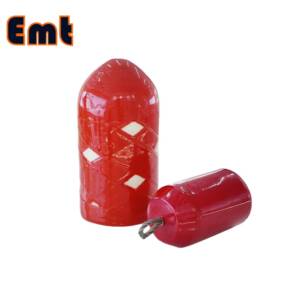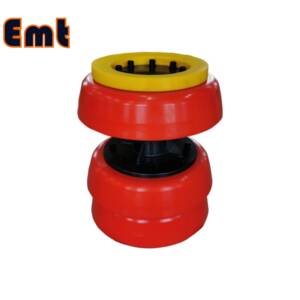Description
Industries such as oil and gas, water, and chemical processing commonly employ pipe flushing pigs to maintain and clean pipelines. These mechanical devices actively travel through the pipeline and perform various functions, such as cleaning the interior. As they move along, they scrub the internal surfaces to ensure optimal flow and system efficiency. Interestingly, people believe the term “pig” originated from the squealing noises that early cleaning devices made as they moved through the pipes.

How Do Pipe Flushing Pigs Work?
Insertion: The pig is inserted into the pipeline via a pig launcher (a pressurized chamber).
Propulsion: The pipeline’s flow pressure pushes the pig forward.
Cleaning/Inspection: As it moves, the pig scrapes, brushes, or scans the pipe.
Removal: The pig is retrieved at a pig receiver station.
Functions
Pipe flushing pigs serve several essential functions in pipeline maintenance. First, they clean by removing debris, rust, scale, and wax buildup. Additionally, they help separate different products in multiproduct pipelines. Moreover, they assist in dewatering by pushing out water or other unwanted liquids. Finally, they perform inspection tasks by detecting corrosion, cracks, or other pipeline anomalies.
How Pigging Works in Natural Gas Pipelines
Preparation: Pipeline is depressurized or controlled for pig insertion.
Insertion: Place the pig into a pig launcher.
Launch: Natural gas pressure pushes the pig forward.
Function: Pig cleans, inspects, or separates as it travels.
Retrieval: Pig exits at the pig receiver, where it is removed and inspected.

Benefits
Pigging natural gas pipelines provides several important benefits. It prevents blockages and corrosion by actively removing debris and buildup inside the pipeline. Operators ensure accurate flow measurement by maintaining a clean and unobstructed interior. Regular pigging extends the pipeline’s lifespan by reducing wear and minimizing damage. It also enhances safety and reliability by allowing early detection of issues and reducing the risk of failures. Additionally, companies support regulatory compliance by using pigging to meet industry standards for maintenance and inspection.


